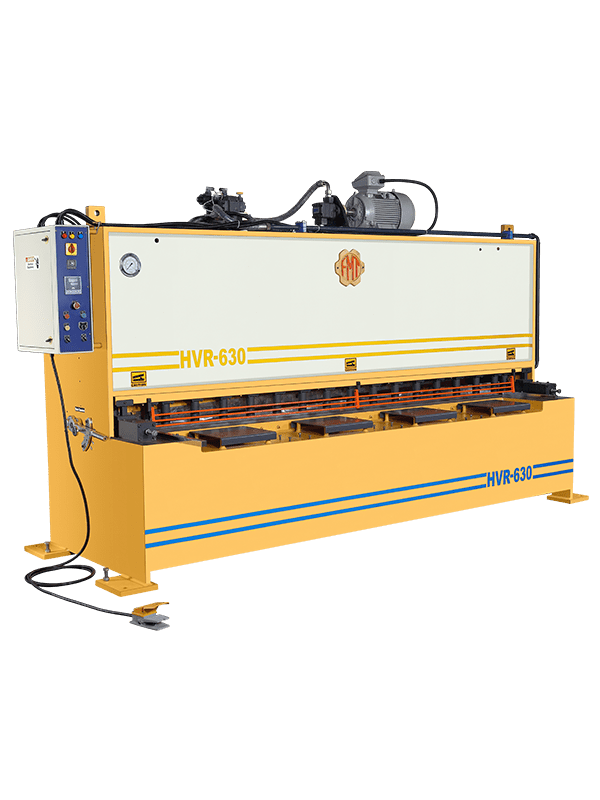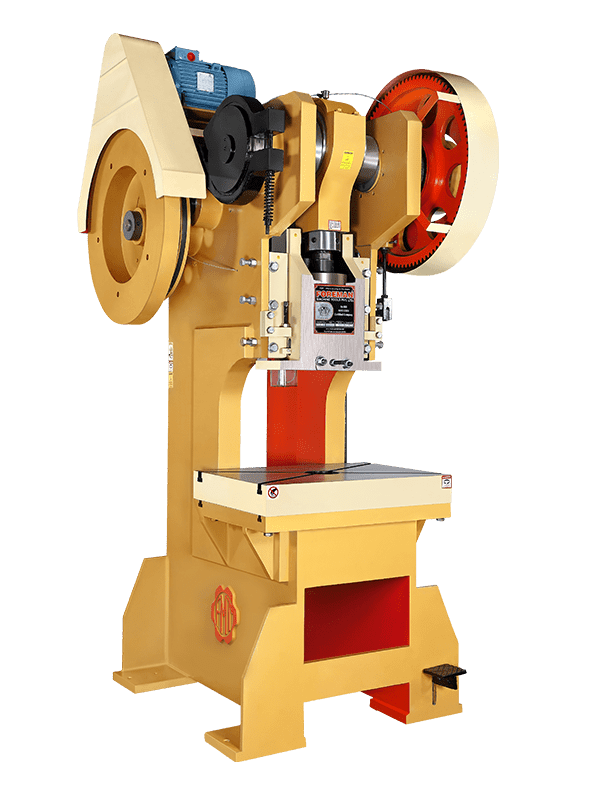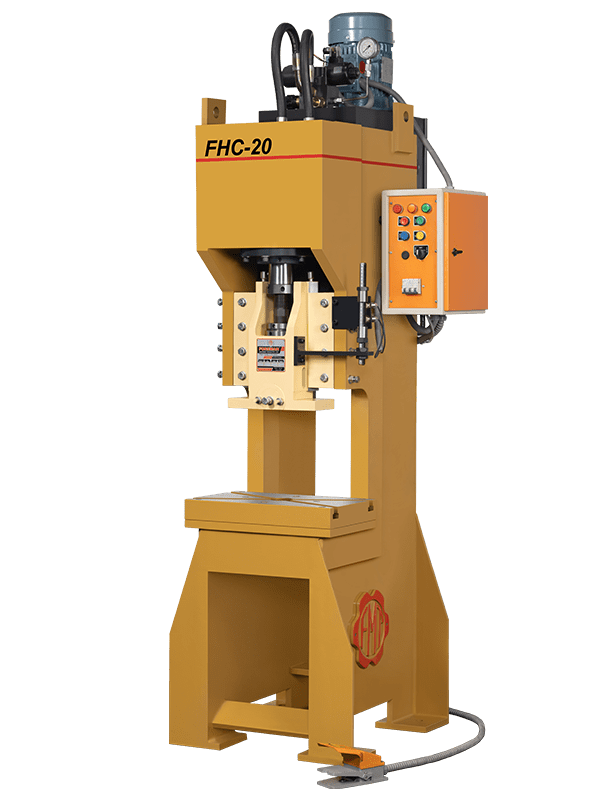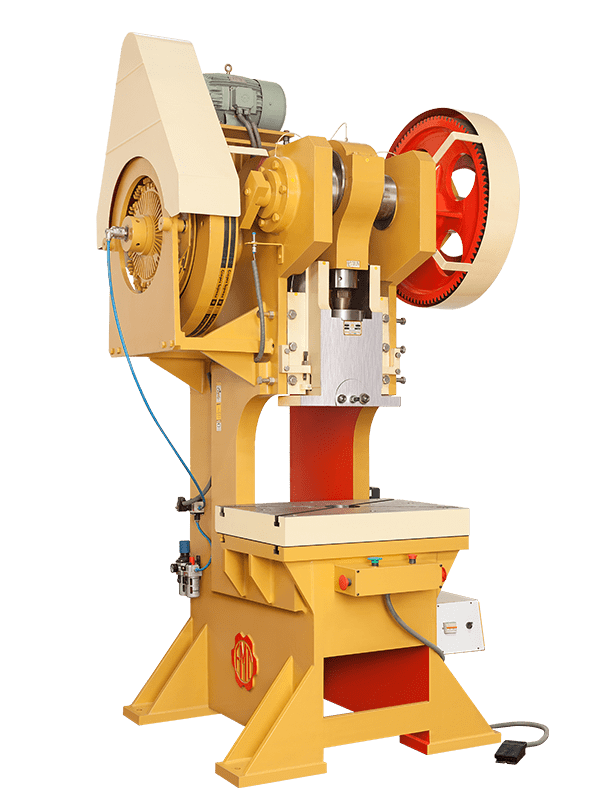
Types Of Shearing Machine
October 27, 2021
Why is Shearing Utilized?
November 3, 2021One of the advantages of many kinds of metals is the reality they are generally ductile; Flexibility guarantees that metals twist before they break. This flexibility permits them to be framed to be a perfect shape and size. This offers metal versatility. Since sometimes thin pieces of sheet metals should have their shape adjusted to be helpful, many bits of shaping hardware can be utilized to do this. One of the most well-known is the press brake.
Press brake
A press brake is a piece of manufacturing hardware that is utilized to bend sheet metal. A press brake is specifically thin and long so that enormous bits of sheet metal can be twisted by it. A press brake twists sheet metal by bringing down a punch onto sheet metal that has been situated on the head of a die. The metal might be twisted a few times by a press brake until the ideal structure has been accomplished.
Various press brake
Bending sheet metal needs a lot of force. And to accomplish and convey this force, the punch is brought down onto the sheet metal through a few unique techniques. The techniques for the application of force can be hydraulic, pneumatic, electric, or mechanical. The technique for force application is sometimes considered the name of a press brake.
Read the blog: Types Of Shearing Machine
Press slows down additional change in the measure of force they can offer. On a press brake, this is known as weight; it is the proportion of huge loads of power that the press brake can convey. Ordinarily, hydraulic presses are utilized to accomplish exceptionally high measures of power, and pneumatic and Foreman’s electric presses give lesser measures of force.
The various sorts of press slow down have various rates and correctness too. Our electric press brake will for the most part have the most significant level of precision. Pneumatic and electric press brakes are additionally specifically quicker than hydraulic and mechanical press brakes.
What should be concluded when twisting a metal utilizing a press brake?
Press brakes can make a wide range of curves on various kinds of metals. When setting up a twisting step, consider the metal kind being twisted, the bite, the die, the punch, and the bending force.
The metal sort is imperative to comprehend in view of the contrasting actual properties among metals. For example, high carbon steel will commonly be less bendable by a press brake than numerous aluminum alloys because of the varies in ductility and strength. Metals normally have a suggested least curve range that the material can be twisted to without harming it. Explore C Type Power Press
The die and the punch utilized on the press brake both to a great extent affect the bending system. The die is unfilled material that the metal is put on top of prior to twisting. It is an exceptionally hard and solid material that is close to the ideal state of the metal being bent. The punch is a strong material that is dropped down onto the metal. Since the compressing activity of the punch onto the metal and the die are what makes the metal curve, the two shapes should be precisely fit the bending position. The right metal shape following a press brake activity is subject to the size and state of the punches and the dies. These things are specifically developed so that they can be changed internally simply to oblige a wide range of working.





